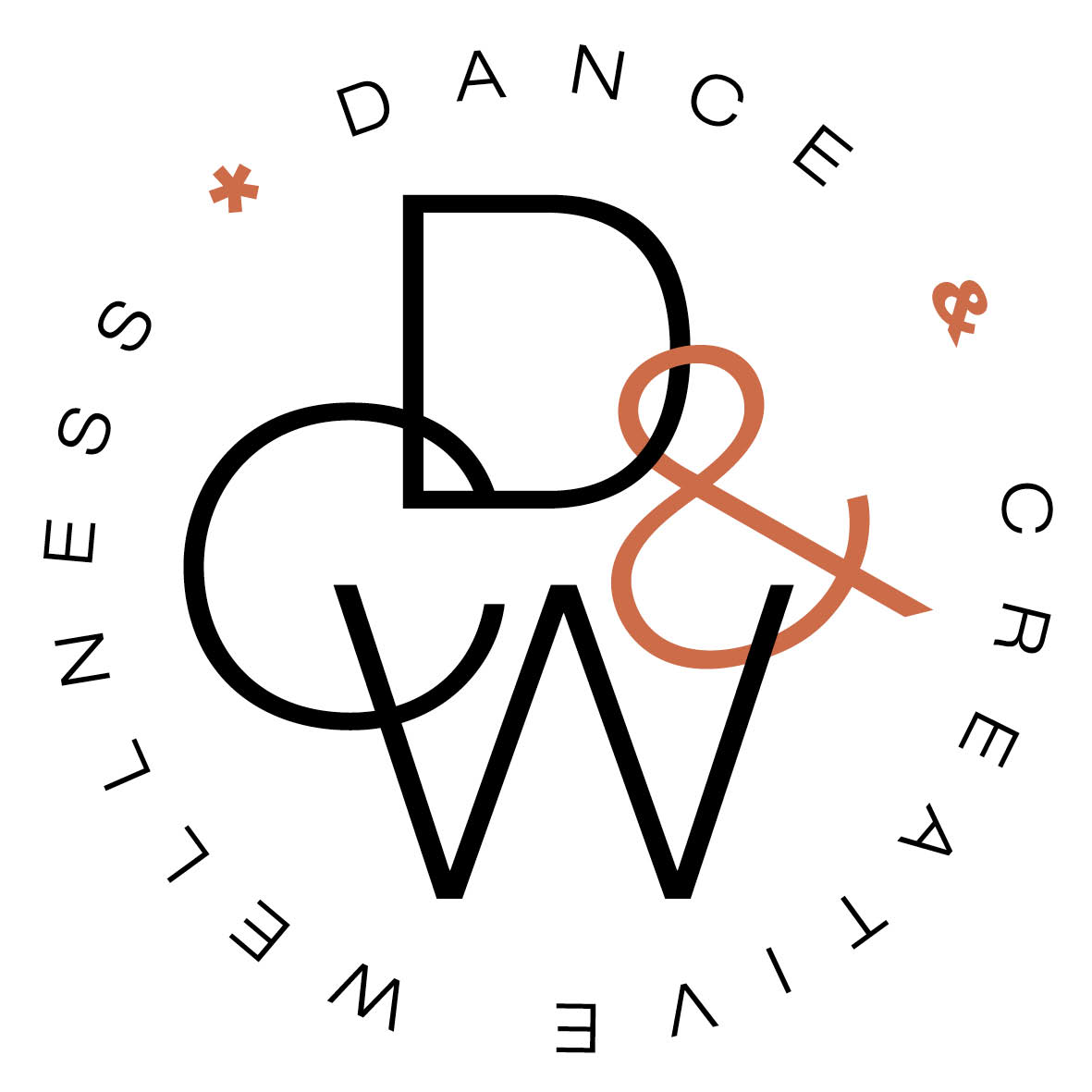As highlighted in the World Health Organization Report “What is the evidence on the role of the arts in improving health and well-being?” launched November 2019, one of the major challenges for a broader implementation of dance for health, is the lack of structures and mechanisms both nationally and across Europe, that permit a true multidisciplinary collaboration between culture, social care and health sectors. Budgeting by sector serves to further increase these hurdles and there is urgent need to facilitate models for collaboration.
Precisely with the objective of building a bridge between the health and dance sectors, 3 international instigators, David Leventhal of ‘Dance for PD’®, New York, Christian Sénéchal of Les Arts et La Ville, Quebec and Clare Guss-West of the Dance & Creative Wellness Foundation, Europe, came together to create an international benchmarking for the dance for health sector. Now partnered also by IADMS – The International Association of Dance, Medicine & Science, the initiative aims to provide a consensus of key benchmarks selected by over 300 international healthcare professionals. Patient-centric programme benchmarks and considerations are selected by international dance for health programme participants to facilitate the uptake of dance-based interventions in a healthcare context or to be covered by insurance or ‘prescribed’ by a health professional.
Professionals rated benchmarks such as,
Programme:
- engages healthcare staff / prescribing medical practitioner in an advisory capacity;
- is part of a research study to provide scientific evidence of its effectiveness;
- incorporates identifiable active components (dance-based strategies targeting specific health functions) known to prevent or counter disease symptoms via known mechanism
- has a built-in quality control mechanism to maintain standards and ensure consistent delivery in order of healthcare priority as well as other delivery best-practices such as practitioners and teaching artists fulfil minimum education requirements; have standard CPR and First Aid certifications or are trained to deliver safe practice and execute strategies for proactive risk prevention and problem resolution.
The significance of providing ‘Benchmarks’ as opposed to ‘Standards’ is an ethical question, culturally ‘of our time’. We choose to empower teaching artists and programmes by providing a series of recognized measurements by which they can voluntarily measure content and practice of their programme, rather than the restrictive and hierarchical approach of imposing minimum standards upon the sector. Follow the Dance & Creative Wellness Foundation for more details as this scheme rolls out in 2020. Clare Guss-West 7.2.20
WHO Report/Health Evidence Network Synthesis Report: A Summary
https://apps.who.int/iris/bitstream/handle/10665/329834/9789289054553-eng.pdf

